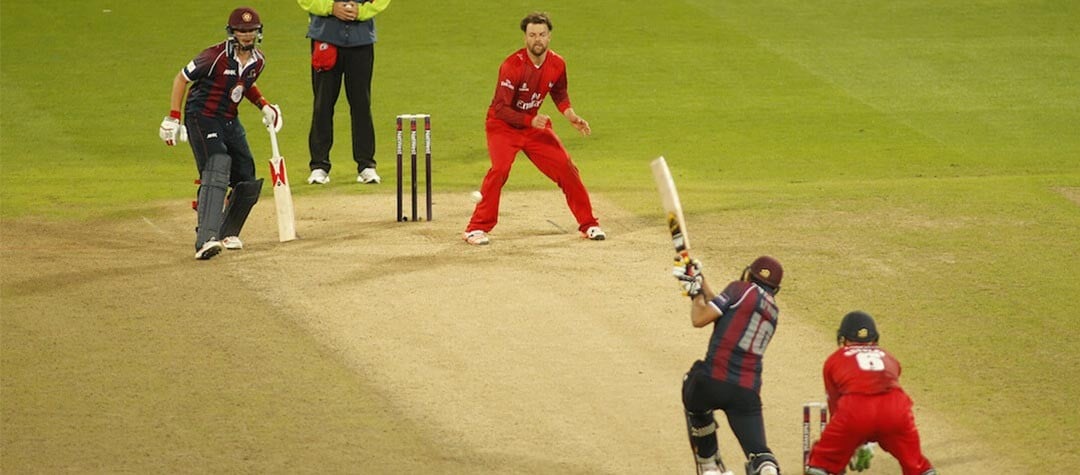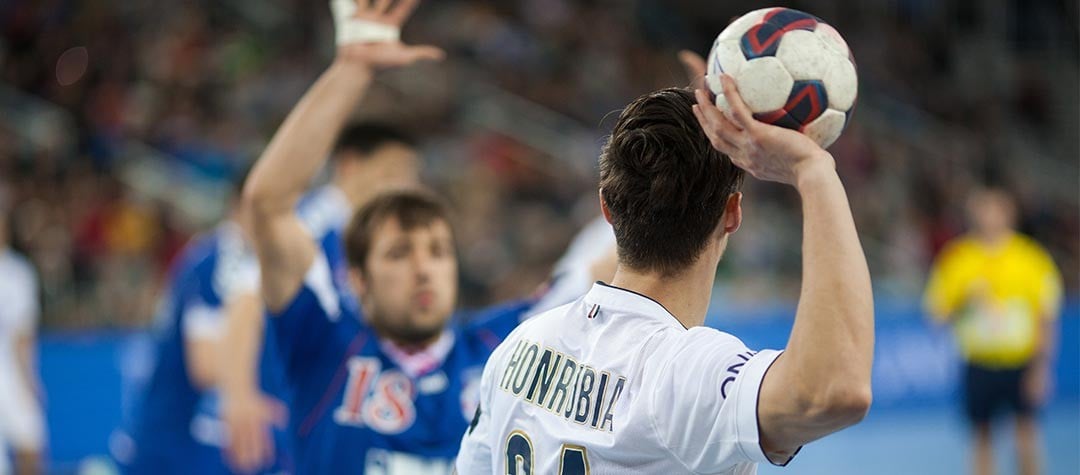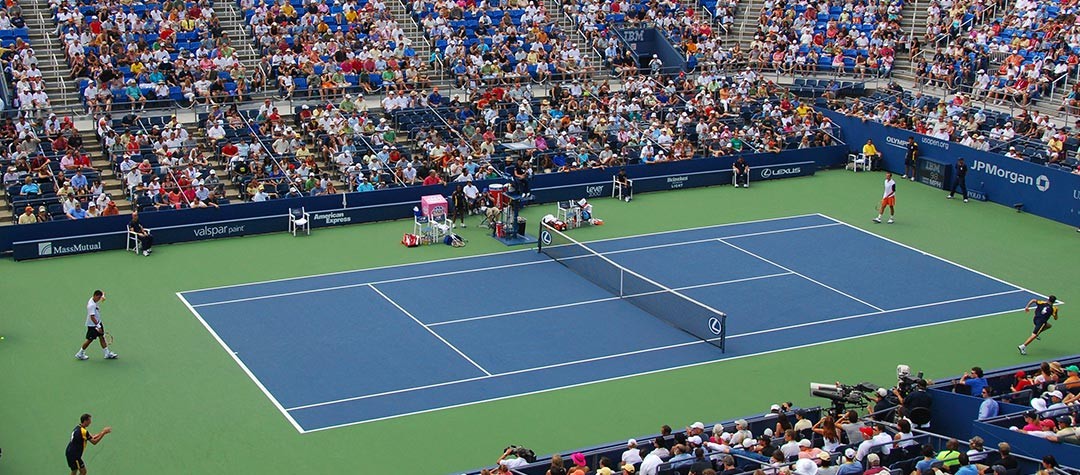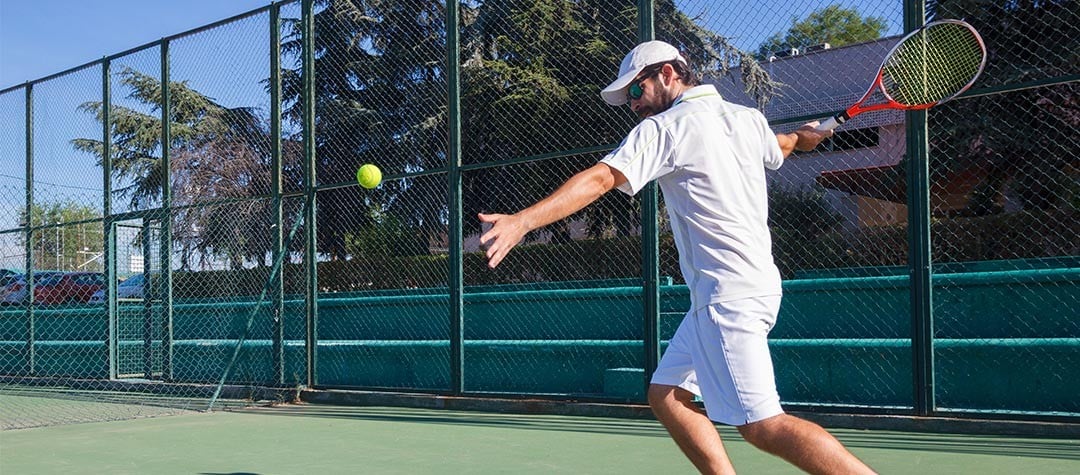Synchronised swimming has a unique points scoring and judging system which can seem confusing to beginners. We've created this quick guide that will tell you all you need to know about scoring in the sport so that you're fully aware of how to get the best possible marks before you take to the water.
Judging a swimming competition
The judging for synchronised swimming resembles the judging for figure skating, with two panels of five judges — one panel assessing technical merit and the other assessing artistic impression. Each judge awards a mark out of a possible 10, with scores registered in tenths of a point.
Technical merit swimming — refers to the level of excellence demonstrated by the synchronised swimmers in three areas:
- Execution — how well the skill was carried out.
- Synchronisation — how in-time with one another the swimmers are.
- Difficulty — how difficult the attempted skills were.
Artistic impression of swimming — refers to the overall look and feel of a synchronised swimming routine and is marked in three areas:
- Choreography — how varied, smooth and creative a routine is, covering the whole pool area.
- Music interpretation — how the mood and dynamics of the music complement the performance.
- Manner of presentation — how well the overall performance is put across.
Scoring of synchronised swimmers
Working out the overall scores after the judges have given their marks can be a baffling ordeal to the newcomer, and not surprisingly a specially designed computer program is usually used work out the scores.
The synchronised swimming scores are worked out as follows:
- The highest and lowest scores within each group (technical merit and artistic impression) of five judges are discarded, and the remaining three for each group are averaged out.
- The average score for technical merit is multiplied by six (since it is worth 60 per cent).
- The artistic impression score is multiplied by only four (since it is worth 40 per cent).
- The total of those two numbers (technical merit score and artistic impression score) equals the overall for that one routine.
- Determining the overall winner is done by two routines scores (technical and free routine), being weighted at 35 and 65 per cent respectively, so that the free routine is of greater importance.
- The technical-routine score is multiplied by 0.35.
- The free-routine score is multiplied by 0.65.
- The two figures added together finally give the absolute overall score!
Penalties for synchronised swimmers
In both technical and free routines, synchronised swimmers have to be careful to stay within the rules, so as not to lose points by being penalised.
Offences can cost either: two points, one point or even half a point — but at worst can lead to disqualification.
Examples include:
Voluntarily stopping during a routine (disqualification).
Deliberately touching the bottom of the pool (two points).
Missing the time limits on deck-work or routines (one point).
Omitting a required element from a technical routine (half a point).
Picture Credit: testing / Shutterstock.com














